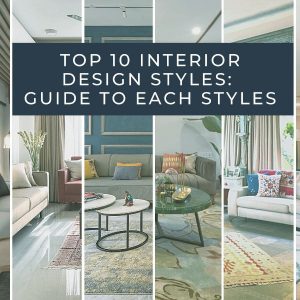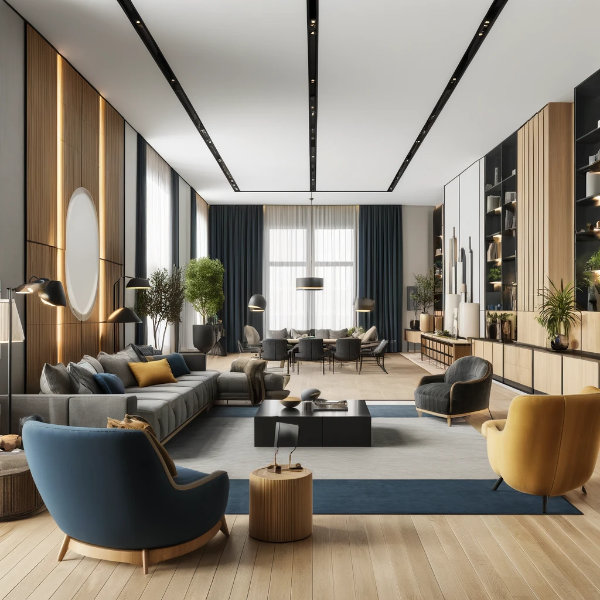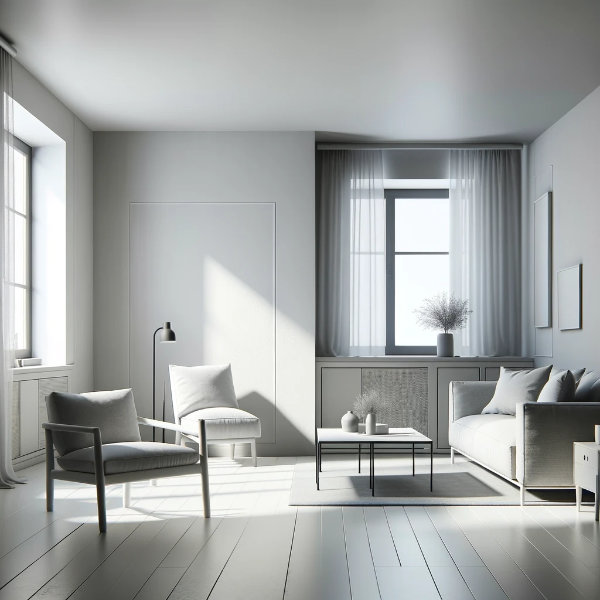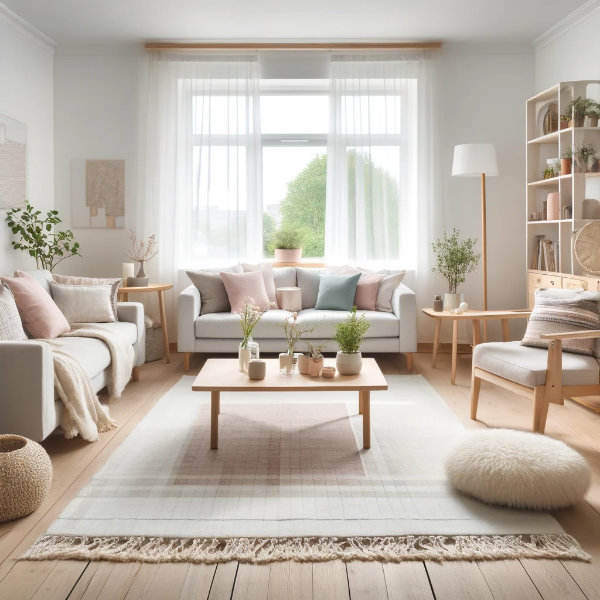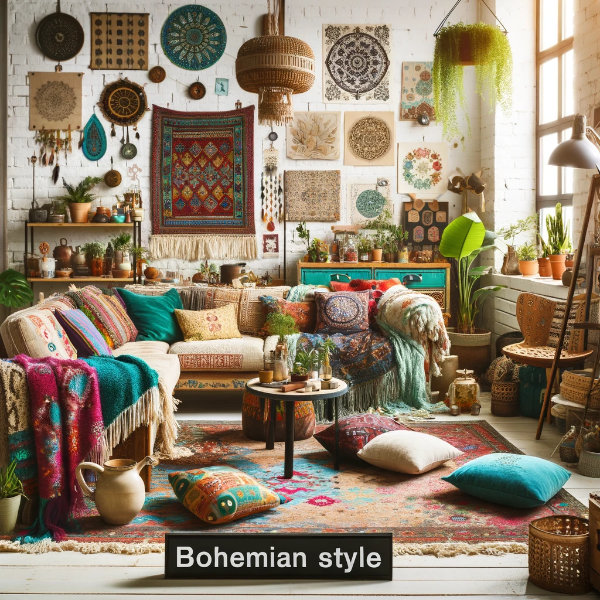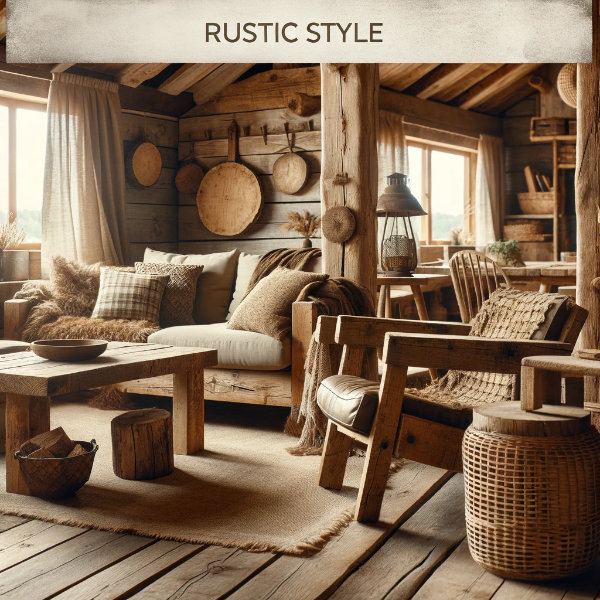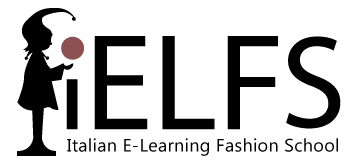6. Bohemian
Detailed Description:
Bohemian (or boho) design is eclectic and full of vibrant colors and patterns. It emphasizes a free-spirited, artistic lifestyle, combining various textures, vintage furniture, and lots of decorative items like rugs, pillows, and plants.
Primary Colors and Textures:
- Colors: Rich, vibrant colors, often mixed together.
- Textures: Eclectic mix, including fabrics, patterns, plants, and vintage items.
Suitable Environments:
- Ideal: Artistic spaces, relaxed homes, creative studios.
Not Ideal: Formal, structured spaces.
Compatibility:
- Can Combine With: Vintage, eclectic.
- Should Avoid: Minimalist, modern.

